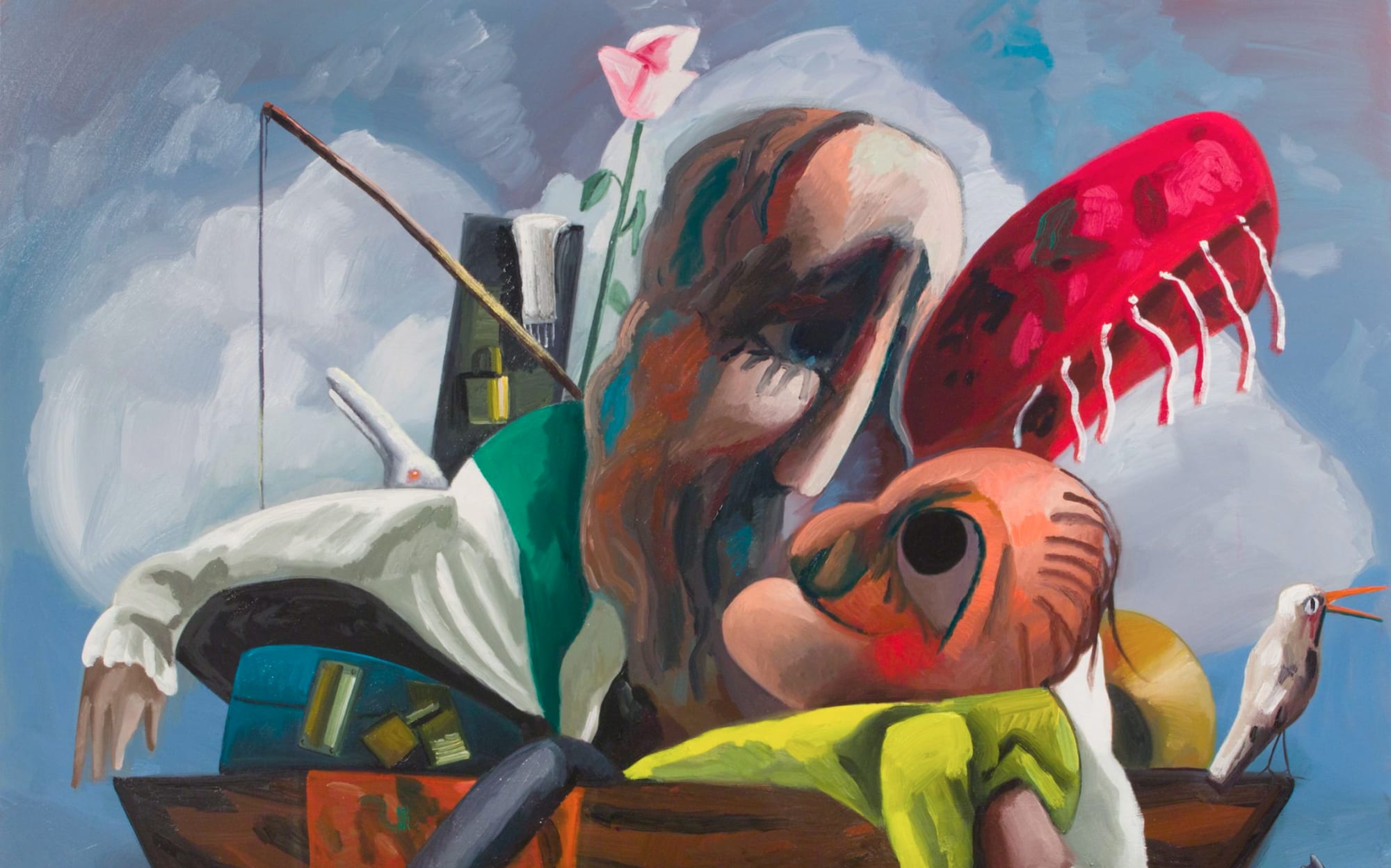Review, Whitechapel Gallery: a thoroughly intoxicating reminder that painting is alive and well
Like news of Mark Twain’s demise, reports of the death of painting have, it seems, been greatly exaggerated. People have been proclaiming its extinction for almost two centuries: upon seeing a daguerreotype for the first time, the French painter Paul Delaroche supposedly declared, “From today, painting is dead!”
And how can it possibly compete in the 21st century, when – according to the curator of a new show of contemporary painting at the Whitechapel Gallery in the East End of London – more than 1.8 billion images are uploaded every day? Well, emphatically, it can, as a recent spate of shows, such as the Hayward’s current touring exhibition, Slow Painting, insists.
The Whitechapel may claim that figurative painting is having its first significant “moment” since the Royal Academy’s landmark New Spirit in Painting show of 1981, which is simultaneously being examined at the gallery, in a fascinating micro-exhibition of archival documents (as well as a handful of paintings by big-hitters such as the German Georg Baselitz); the ding-dong between critic William Feaver and the RA’s curator Norman Rosenthal, who got a lot of flak for the show, in part because he didn’t include a single woman, is worth revisiting.
But the truth is that painters achieved international prominence throughout the Nineties and Noughties (Peter Doig, Marlene Dumas). Despite the advent of photography and cinema, installation and conceptual art, smartphones and social media, painting has never really gone away.
Still, don’t let marketing hype deter you from Radical Figures: Painting in the New Millennium, because visiting proves to be a thoroughly intoxicating experience. Inevitably, the selection feels a little scattershot, in that another curator, on another day, could have picked an entirely different line-up of 10 contemporary painters to attest the medium’s rude health.
Moreover, it’s hard to divine what, if anything, unites everyone here. Like the huddle of monstrous figures beneath a striped sunshade on a beach in Dana Schutz’s Suspicious Minds (2019), which appears upstairs, these artists may be grouped together under the “figurative” umbrella – but, as terms go, that’s pretty broad.

